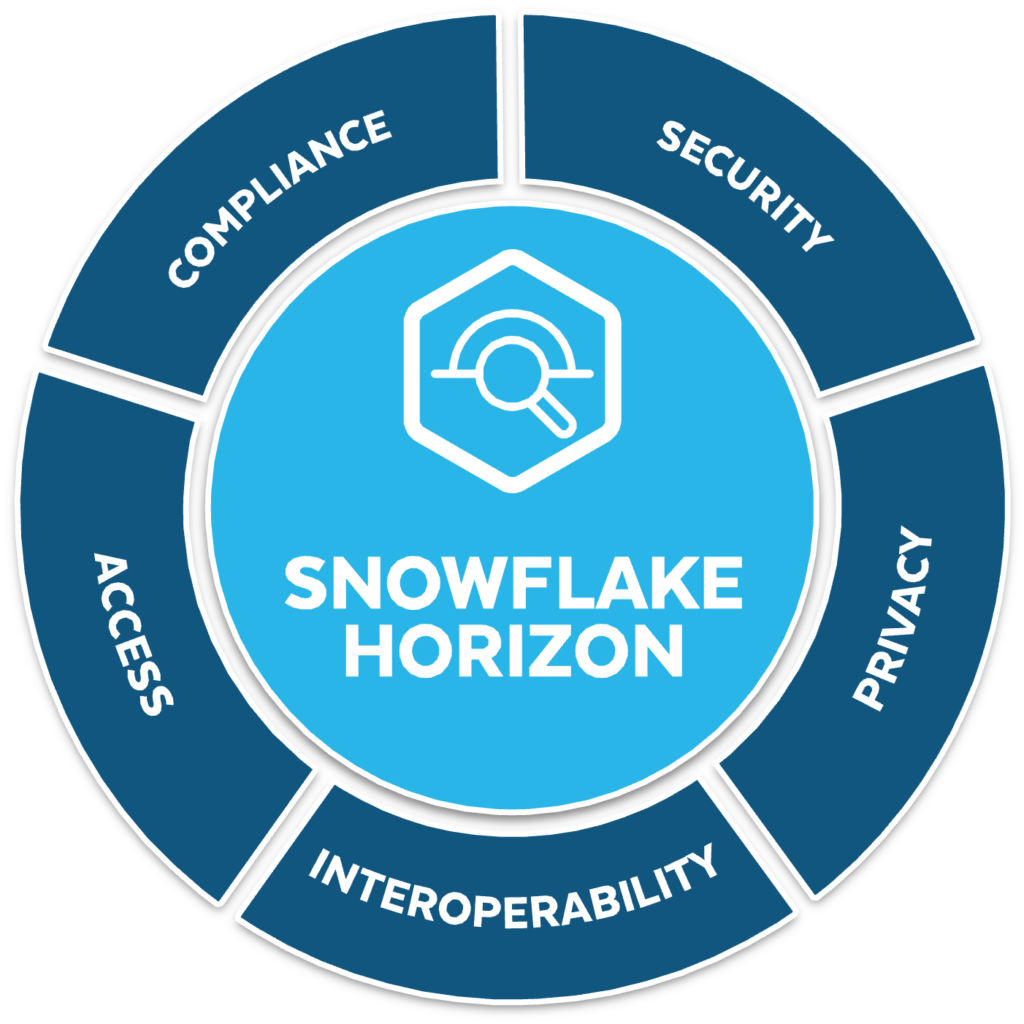A significant cultural shift toward conducting business from home was precipitated by the pandemic. With more people working from home, even part-time at the very least, it makes sense that cloud data migration is on the rise.
The cloud makes this modern workforce possible, enabling remote workers to connect to essential data regardless of their location during the workday. Due to this reality, businesses continue to move their operations to the cloud resulting in a rapidly expanding industry currently valued at over $400 billion.
This article will explore the following topics in further depth:
What is Cloud Data Migration?
The method of migrating an organization’s data and infrastructure from its current location to an off-premises location is called data migration to cloud or cloud migration. This migration includes moving data, operations, and/or applications into the cloud, as well as IT resources and facilities.
Cloud migrations happen when a firm moves a portion or all of its data center assets onto the cloud. These migrations typically use a cloud-based infrastructure supplied by a public cloud service provider like Amazon Web Services or AWS, Google Cloud, or Microsoft Azure.
As a result of an increasing number of businesses already migrating to the cloud, data cloud migrations within the cloud also occur more frequently. This process, known as cloud-to-cloud migration, involves businesses moving their data from one cloud provider to another.
Therefore it is becoming increasingly necessary to strengthen on-premises data centers in the cloud and/or establish new cloud data warehouses and data lakes as part of an overall strategy for managing data in the cloud.
To learn more about managing data in the cloud: Data Management Guide
Why is Migrating to the Cloud Important?
Migration to cloud services makes it possible to take advantage of the underlying benefits of cloud computing. These benefits include fast deployment and management, unbounded scalability, per-use cost structure, lowered infrastructure and IT costs, smooth upgrades, and rapid technological innovation. Whether the firm is moving from server to cloud, migrating available data, or establishing a new cloud data warehouse, migrating to the cloud makes it possible to take advantage of these benefits.
3 Key Benefits of Migrating to the Cloud
Cloud migration and deployment allow businesses to update their infrastructure, resulting in a shortened time to value, enhanced operational efficiency, and cost reductions. The following are three cloud migration benefits that enterprises reap after migrating to the cloud.
1. Scalability
Migration to cloud computing is far more convenient to scale to serve larger operations and a greater number of users than on-premises technology. In previous information technology systems, firms had to buy and install hardware resources, software licensing, storage, and network infrastructure to scale up their business services. These transactions are no longer necessary with cloud computing reducing the complexity of scaling operations.
2. Cost
Cloud service providers typically include maintenance and support, reducing overall operations and administrative costs and making upkeep chores, such as upgrades, easier to complete. Altogether, businesses that transition to the cloud can accrue these significant cost savings which have the potential for creative endeavors such as developing new products or enhancing existing ones.
3. Perfomance
Moving workloads and applications to the cloud can boost efficiency and enhance the overall experience for end users. Moreover, cloud-hosted websites and application migrations can readily scale to service more users or greater capacity. They can also run in geographical areas close to the end users, which reduces transmission delay.
How to Migrate Data from On-Premise to Cloud
Throughout a migration, data will often move to a specific public cloud or a hybrid cloud system that combines public cloud resources with private on-premises network infrastructure. This migration may also take place to a multi-cloud solution. Rehosting, restructuring, re-platforming, and replacing are all necessary steps in the data migration process when moving data from on-premises storage to the cloud.
This transition is broken down into five primary stages: planning, investigating and researching, preparing for security, beginning with a modest scale, and working toward expansion.
How to Migrate an Application to the Cloud
The migration of a software application from a system on-premises to the infrastructure maintained by a cloud provider is called application migration to the cloud. The database, content, applications, and IT procedures are all migrated as part of the application migration.
Be aware that there is significant variability across applications about the necessary adjustments when migrating to the cloud. Some specific applications may not require any adaptations while other apps require reworking or redesigning before cloud migration. In some cases, it is necessary to include additional services on top of a cloud platform to meet strict standards for efficiency or security. Despite this, each application’s optimal environment is often selected based on cost, functionality, and reliability, while also considering the simplicity of use or advanced features and capabilities.
Cloud Migration Tools
Cloud data migration tools help organizations streamline the migration, upgrading, and optimization process when using cloud computing services. All the pre-migration activities, such as discovering on-premises resources, performing evaluations on those resources, and right-sizing them, are included for the infrastructure, the data, and the apps. Often, cloud migration tools offer flexibility making it possible to integrate tools developed by other parties. This broadens the range of use cases for a given cloud migration tool.
Identifying and evaluating the resources that firms already have on-premises is an excellent place to start when planning a move to the cloud. Next, migrate to the cloud in waves, update to achieve technological growth and a significant return on investment, and then use a centralized dashboard to monitor and manage the migration’s progress.
Conclusion
The cloud migration approach is difficult and time-consuming, but a successful migration results in a high return on investment if well planned. To ensure a successful migration consider the cost, data security, training, and provider’s flexibility when formulating the cloud migration planning and strategy.
Satori provides secure capabilities when migrating data to the cloud or performing cloud to cloud migrations by dynamically masking any sensitive data and automating just-in-time access control.
To learn more about how Satori can help with the migration process:



